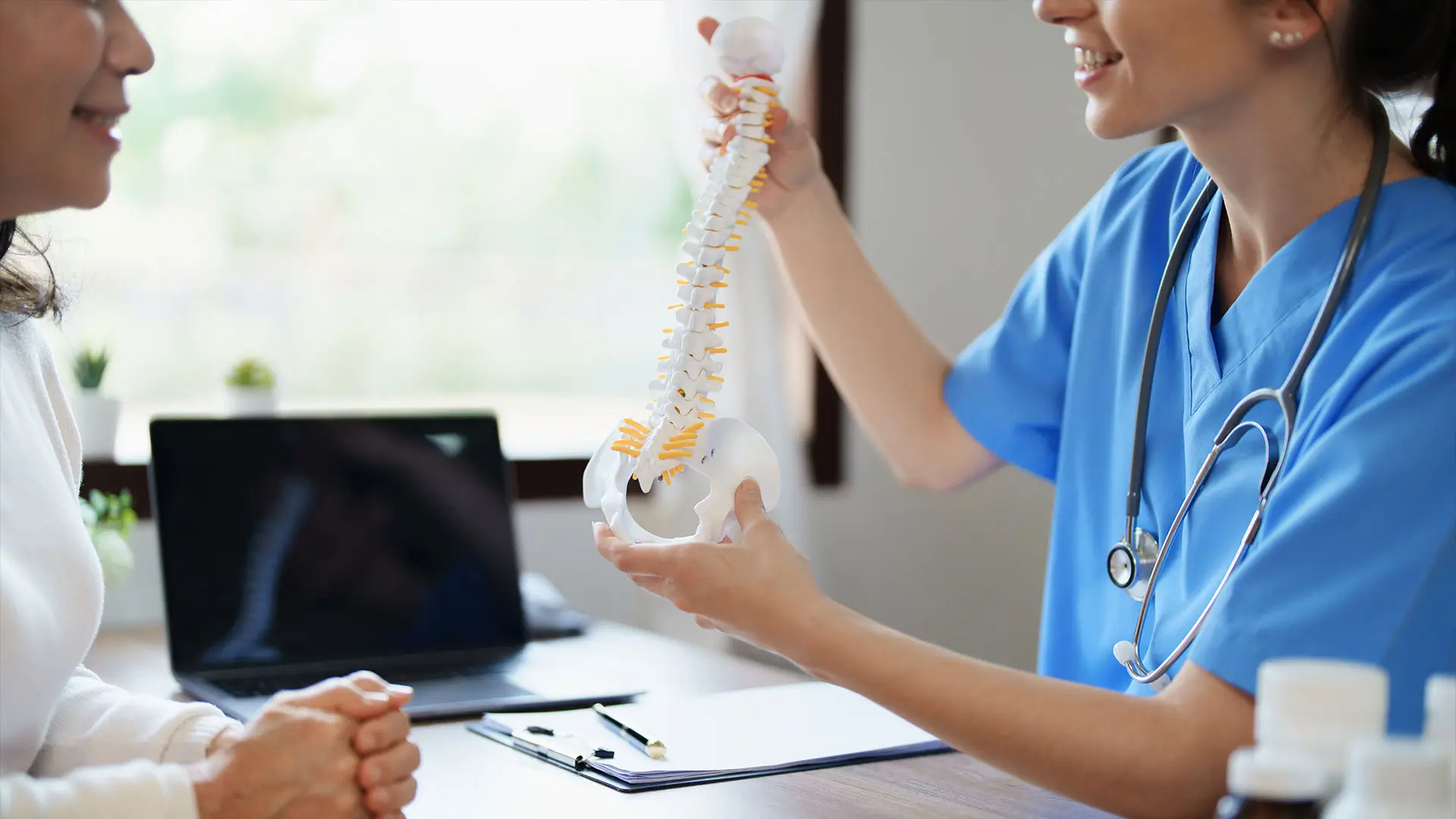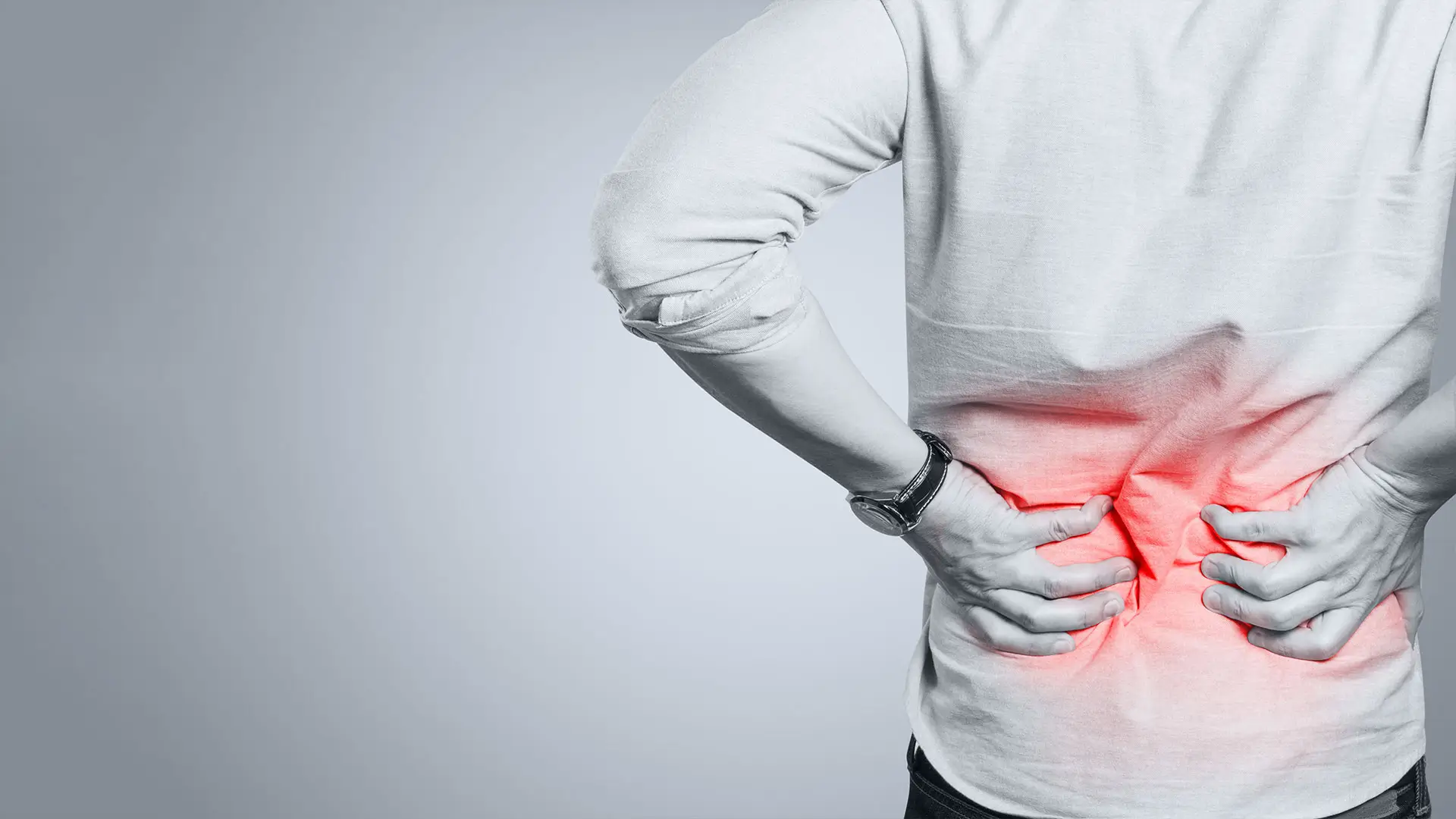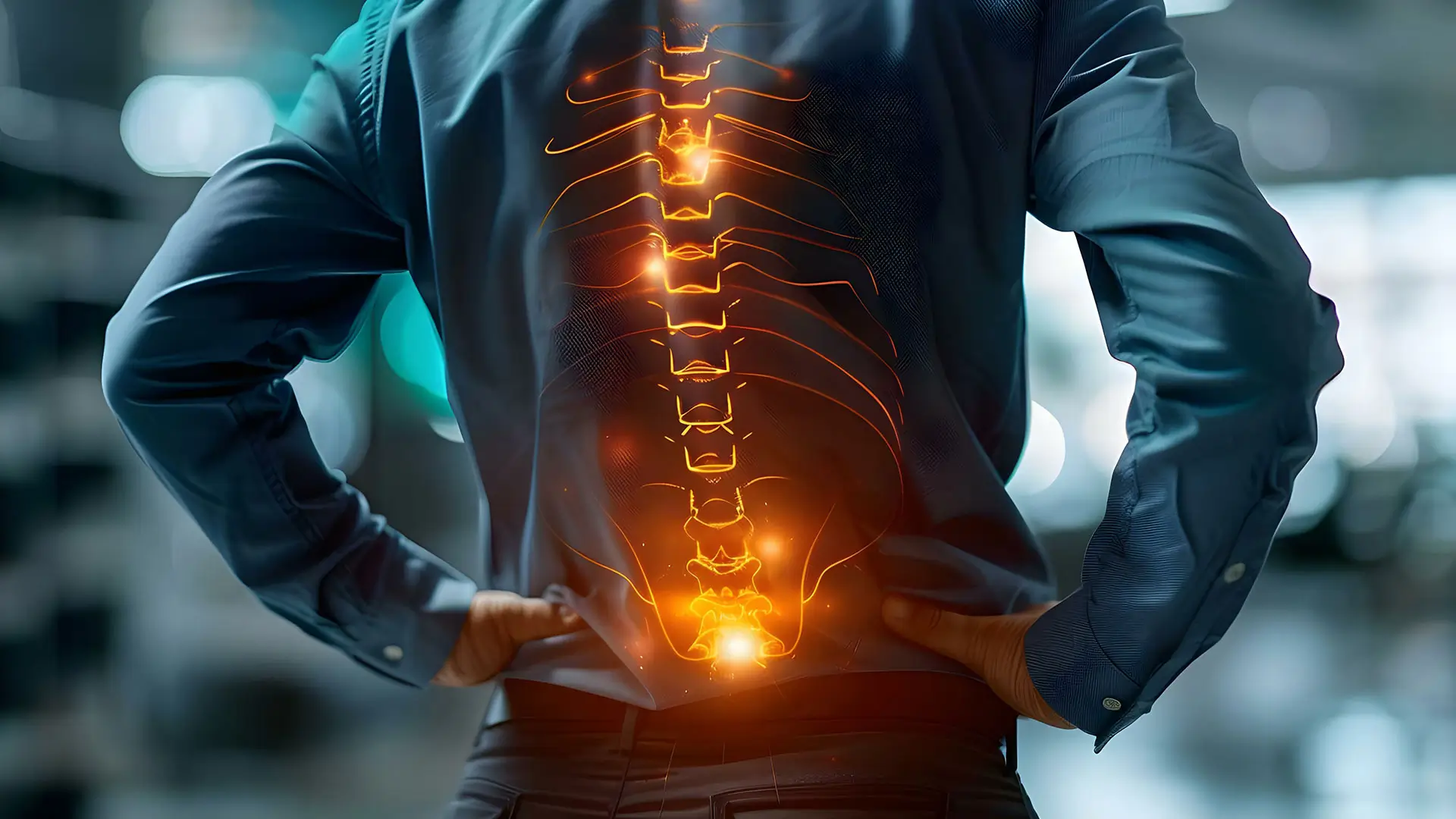Intradiscal and Facet Joint Stem Cell Treatments for Back Pain
Back pain can significantly impact your daily life, making simple activities challenging. If you’re experiencing low back pain due to Degenerative Disc Disease (DDD), have undergone back surgery without relief, or suffer from leg discomfort, you might find hope in intradiscal therapy. This innovative approach aims to reduce inflammation, alleviate pain, and enhance disc hydration and height, offering a promising alternative to spinal fusion surgery.
How Intradiscal Therapy Helps
Intradiscal therapy focuses on decreasing inflammation and pain while improving the hydration and height of the spinal discs. This treatment is increasingly recognized as a viable option for patients struggling with DDD, potentially providing relief without the need for more invasive procedures.

Understanding Degenerative Disc Disease (DDD)
The Nature of DDD
DDD affects the lumbar spine, leading to symptoms that can severely impact one’s quality of life. Spinal discs, acting as the spine’s shock absorbers, deteriorate over time due to factors like age, injury, or excessive strain. This degeneration can result in reduced mobility, stiffness, weakness, and persistent pain.
Stem Cell Treatment for DDD
The Twin Cities Pain & Regenerative Medicine offers a minimally invasive procedure where your own adult stem cells are harvested and injected into the damaged disc. This innovative approach aims to restore disc structure, improve hydration and function, and minimize pain, making it a cutting-edge treatment option for DDD and sciatica.
Spinal Facet Disease: Symptoms and Treatment
Identifying Facet Disease
Facet disease can cause neck and back pain and may affect any part of the spine. Pain typically localizes to the back of the lumbar spine, thoracic region, or neck, and can worsen with certain movements. Unlike sciatic pain, facet joint discomfort does not extend to the extremities.
Treating Facet Disease with Stem Cells
Similar to DDD treatment, stem cell therapy for facet disease involves injecting your own adult stem cells into the damaged joints. This procedure, performed as an outpatient service, aims to restore joint structure and function while reducing pain.

Are You a Candidate for Intradiscal or Facet Joint Injections?
Evaluating Your Suitability
Candidates for stem cell therapy include individuals suffering from disc or facet joint injuries due to overuse, trauma, or degenerative conditions. Early interventions, particularly for acute injuries, have shown significant improvements in recovery times and pain reduction, allowing patients to return to activities like golf, skiing, and running.
Consultation Process
A thorough evaluation, including a physical examination and review of appropriate imaging, is essential to determine if stem cell therapy is right for you. The Twin Cities Pain & Regenerative Medicine prides itself on a detailed assessment to ensure the best treatment path for your condition.
Important Notes
- Regenerative Medicine Not FDA Approved: Please note that treatments involving PRP (Platelet Rich Plasma) and Stem Cell injections are not currently FDA approved.
- Safety and Precision: Procedures like intradiscal injections should always be performed under fluoroscopic guidance to ensure accuracy and safety.

Conclusion
Whether dealing with DDD or facet joint pain, stem cell therapy offers a novel approach to managing back pain. By harnessing the body’s own healing capabilities, this minimally invasive treatment aims to provide significant relief and improve quality of life. If you’re exploring options for back pain treatment, consider the innovative solutions provided by Comprehensive Spine Center Regenerative Medicine.
Frequently Asked Question
Stem cell treatments for back pain involve using stem cells to promote healing and reduce inflammation in the spinal region. These treatments aim to repair damaged tissues and provide long-term pain relief.
Stem cell therapy for back pain typically involves harvesting stem cells from the patient’s bone marrow or fat tissue, processing them, and injecting them into the affected area of the spine. These stem cells help regenerate damaged tissues and reduce pain.
Stem cell surgery for back pain is a minimally invasive procedure where stem cells are injected into the spine to treat damaged or degenerated discs and joints. This procedure aims to promote healing and reduce pain without the need for traditional surgery.
Stem cell treatment for low back pain and chronic back pain has shown promising results in clinical studies. Patients often report reduced pain and improved function. However, the effectiveness can vary, and long-term benefits are still being researched.
Intradiscal and facet joint stem cell treatments involve injecting stem cells directly into the intervertebral discs (intradiscal) or the facet joints of the spine. Intradiscal stem cell injections aim to repair degenerated discs, while facet joint stem cell therapy targets the small joints in the spine to reduce pain and inflammation.
Facet joint stem cell therapy involves injecting stem cells into the facet joints of the spine to promote healing and reduce inflammation. This therapy aims to alleviate facet joint pain, which is often caused by arthritis or other degenerative conditions.

